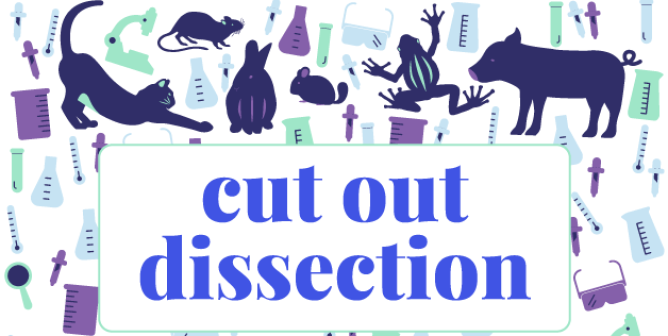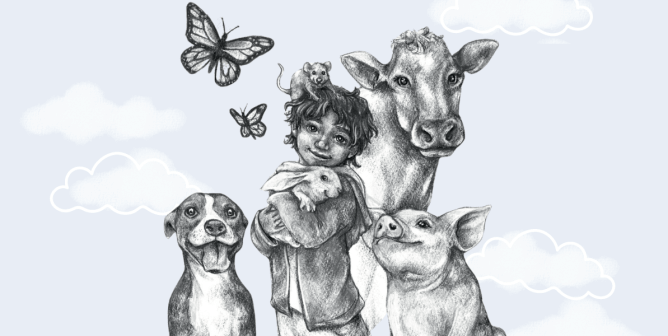Analyze Some of PETA’s Most Powerful Ads With Our Executive Vice President
PETA is well known for using photos and videos to show what animals endure when they’re used for experimentation, food, clothing, and entertainment. As the largest animal rights organization in the world, we send the message that although other animals differ from humans in many ways, they have the capacity to suffer, too, and therefore deserve consideration based on their needs. Persuading our audience to consider the needs and wants of someone so unlike them and to change their lifestyle is challenging, to say the least, as is getting attention for animals when there’s so much else going on in the world. So we use street theater, bold antics, and provocative campaigns to keep animal rights in the forefront of people’s minds. TeachKind teamed up with our very own Tracy Reiman, PETA’s executive vice president, to take a look at some of the organization’s most powerful ad campaigns and explain how carefully chosen words and images can be used to challenge beliefs about animals.
Tracy’s Rhetorical Analysis of Advertisements
As your class studies rhetoric and persuasive writing, have students watch this video in which Tracy breaks down the decisions that went into creating and placing eye-catching PETA advertisements and explains how language can be used to advance the animal rights movement. Have students discuss the in-video questions as a class, in small groups, or in pairs.
Wrap-Up Writing Prompt Activity
Encourage students to consider that the words that we use have the power to influence those around us. We internalize their meanings—whether consciously or unconsciously—and act upon them. We now know that animals have the ability to reason, have their own forms of communication, and can solve problems by means that we can’t always understand—yet many still suffer terribly at the hands of humans.
Have students compare and contrast this dairy company ad (which was pulled because of false advertising) and a PETA anti-dairy ad. They can extend their rhetorical analysis by showing how each match up with pathos, logos, and ethos.
*****
Dive deeper into the power of words and behavior by exploring the topic of cognitive dissonance. Give students the opportunity to understand that what we think and say may not always match up with our actions:





